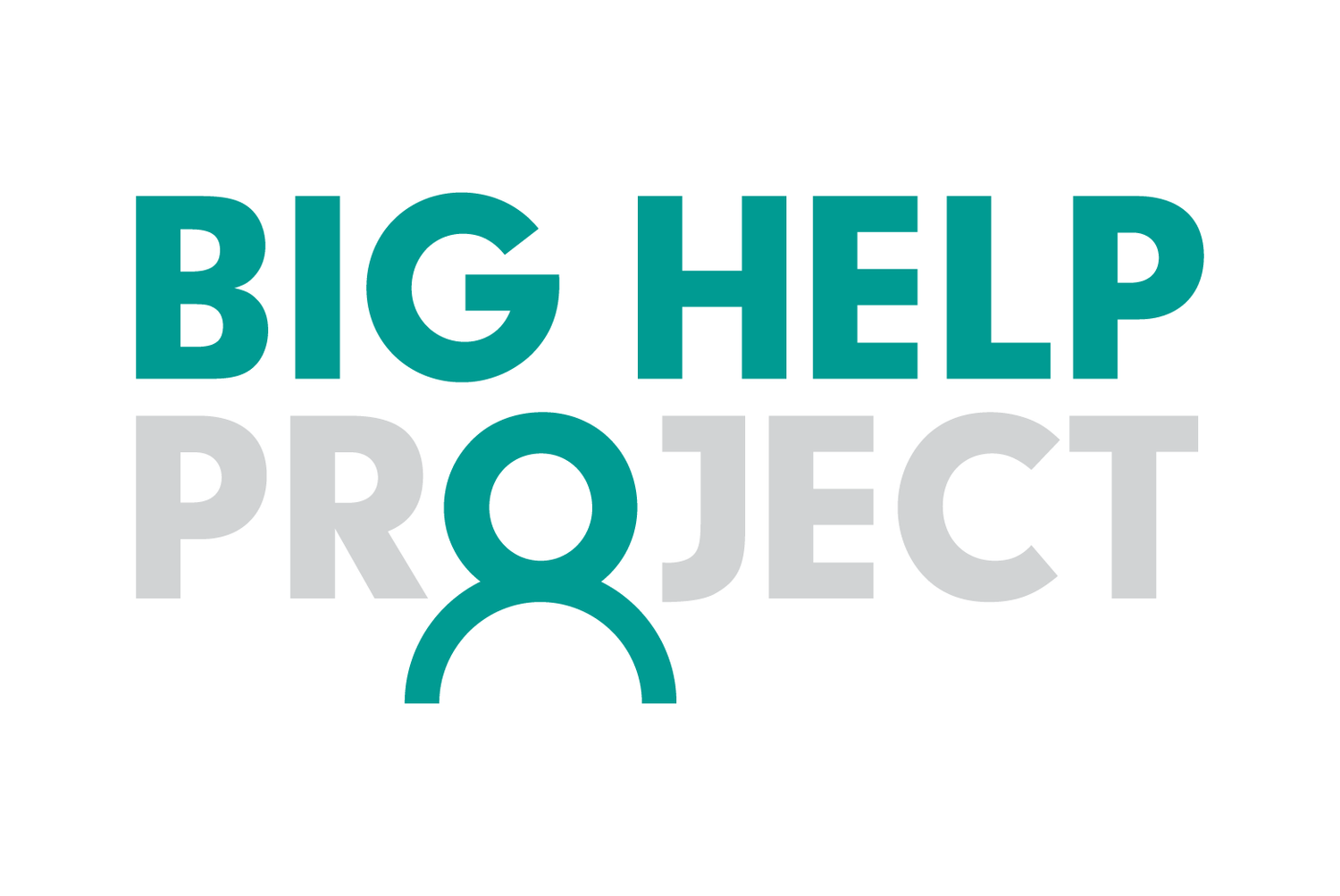Is the Cost of Living Crisis Fuelling Creative Fashion?
The Cost-of-Living crisis has been inescapable for the last year. Put simply, if you’ve shopped in a supermarket or opened an electricity bill lately, you will have noticed that things just cost more than they used to. Additionally, you may have also observed your lack of wage development at this time. And that, broadly, is what the crisis is about - prices are going up faster than people can afford to keep up with them. Over the past year, average wages have risen by 6.0% compared to an inflation rate of 11.1%. In real terms, this means that – after inflation – the average worker’s pay packet has dropped 4.6%. In the UK, Brexit has increased costs and difficulties in obtaining labour and importing and exporting products. Thus, consumers have lost a chunk of their spending power.
As a consequence, 83% of consumers claim to have changed their purchasing habits in the last 12 months, meaning that only a small section of the public has been unaffected by the current economic climate. Affordability is increasingly affecting purchasing decisions, leading consumers to buy fewer food and household items. As more consumers report difficulties in paying bills and a lack of financial resilience and savings, income to spend on retail goods (including essentials) is further squeezed. Brits are tightening their purse strings to pay for rising prices of essential items such as food and fuel, leaving them with less disposable income to spend on ancillary goods.
The retail sector is beginning to see the impacts of these trends. The British Retail Consortium sales data has shown sustained falls in clothing sales over the past 12 months. As such, consumers are quickly looking to other sources for their fashion fixes, finding creative solutions in more affordable markets. So where are people shopping? Well, second-hand retailers and charity shop usage are increasing month on month. And it’s not just affordability that is intriguing this new audience. The benefits of buying secondhand are endless. A report by the Waste & Resources Action Programme (WRAP) found that extending the average life of garments by just nine months can reduce the carbon, water, and waste footprints of UK clothing by 20-30%. It relieves pressure on already overrun landfills and in turn, saves UK councils from spending millions of pounds each year on Landfill Taxes – meaning more money is used on bettering the community. People are making more conscious decisions to choose second-hand, pre-loved, and vintage clothes.
Charity shops could be vital to the UK’s economic recovery by helping people save money, shop sustainably, and fund charitable services. One survey showed that almost one in three UK adults (29%) feel that charity shops are more important to society following the Covid-19 pandemic and Cost-of-Living crisis, while four in ten (40%) agree that being sustainable and thinking about the environment when they shop is more important than before. It is not without reason that people feel so strongly about the social importance of charity shops. 71% of respondents stated that community shops are beneficial to society because they provide affordable items to those with financial concerns. 68% say it’s because they raise funds for charitable causes at a time many of these causes are in high demand. And over half (55%) say charity shops are vital because they encourage sustainable shopping and prevent goods from being thrown away.
So, is the Cost-of-Living crisis fuelling creative fashion? Well, inadvertently yes. Consumers are finding quick fixes for their short-term financial situations and instead discovering long-term fashion solutions. In order to showcase the potential of charity shops as a viable alternative to the high street, we have sent out one of our colleagues Megan to find some unique items in one of our community shops.
Here’s what Megan bought
2x Retro Reebok T-Shirts - £7 (£3.50 each)
Retro Olympus T-Shirt - £3.50
New Look Velvet Tank Top - £3
Floral Midi Skirt - £4
Geo Print Shorts - 50p
Crochet Waistcoat - £3
Retro Nike Joggers - £3.50
Charity shop environments have certainly evolved. Until fairly recently, they were often regarded poorly. Today, they have become light, bright, and pleasant places to visit. Our challenge for the future is to maintain shops feeling of discovery, surprise, and escapism which sets them apart from mainstream shopping. If the donations continue to flow, the cabinets, shelves, and rails of charity shops will be freshly stocked with all manner of wonderful items looking for a new home – and providing the ultimate in guilt-free shopping. It’s hard to imagine a better pastime than something that combines supporting good causes, saving waste, and spending very little.

